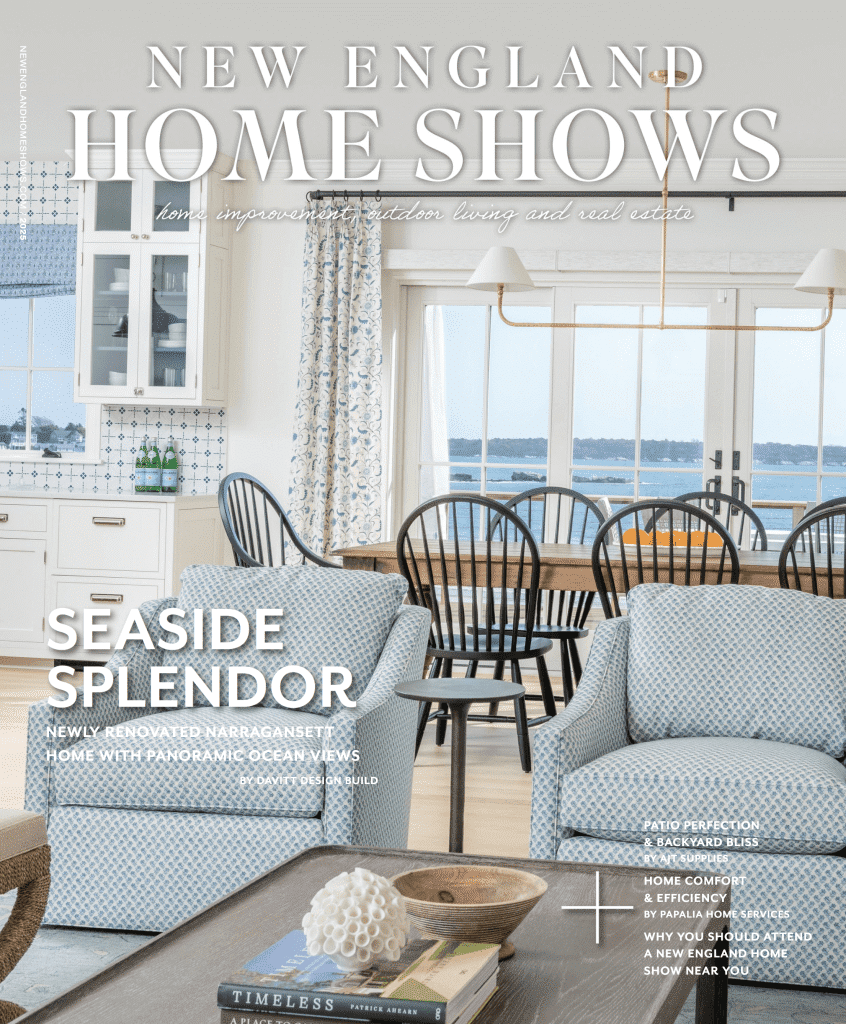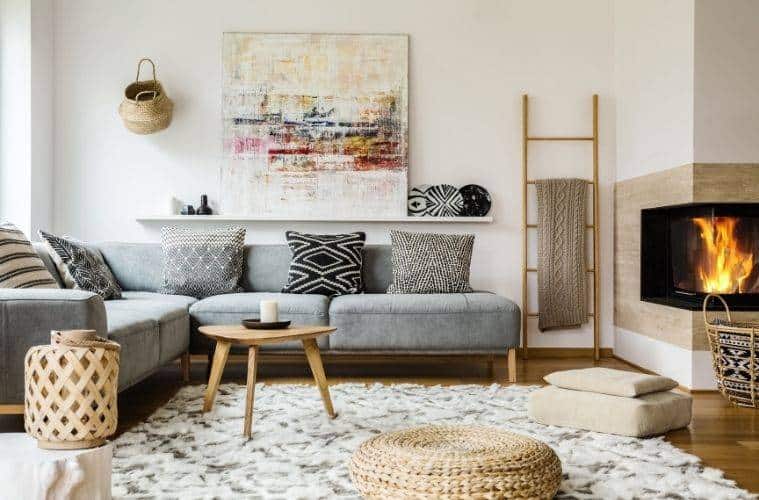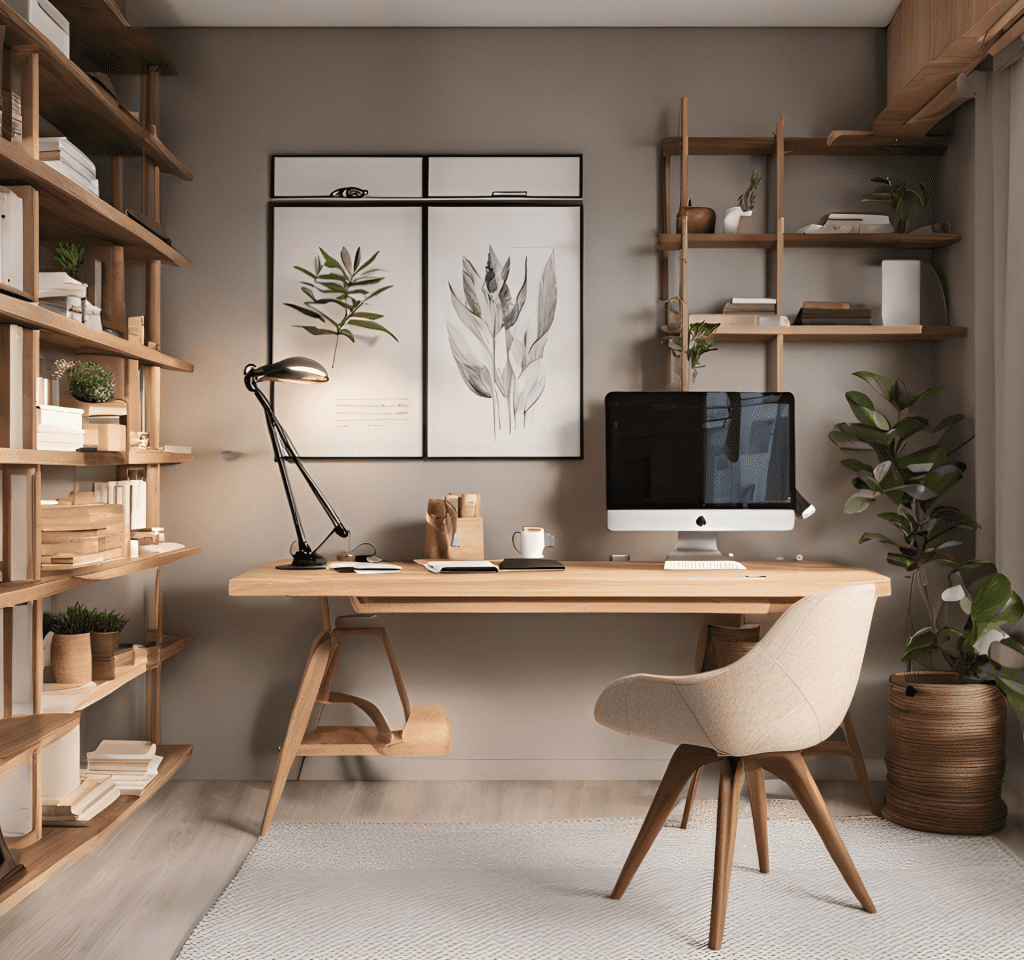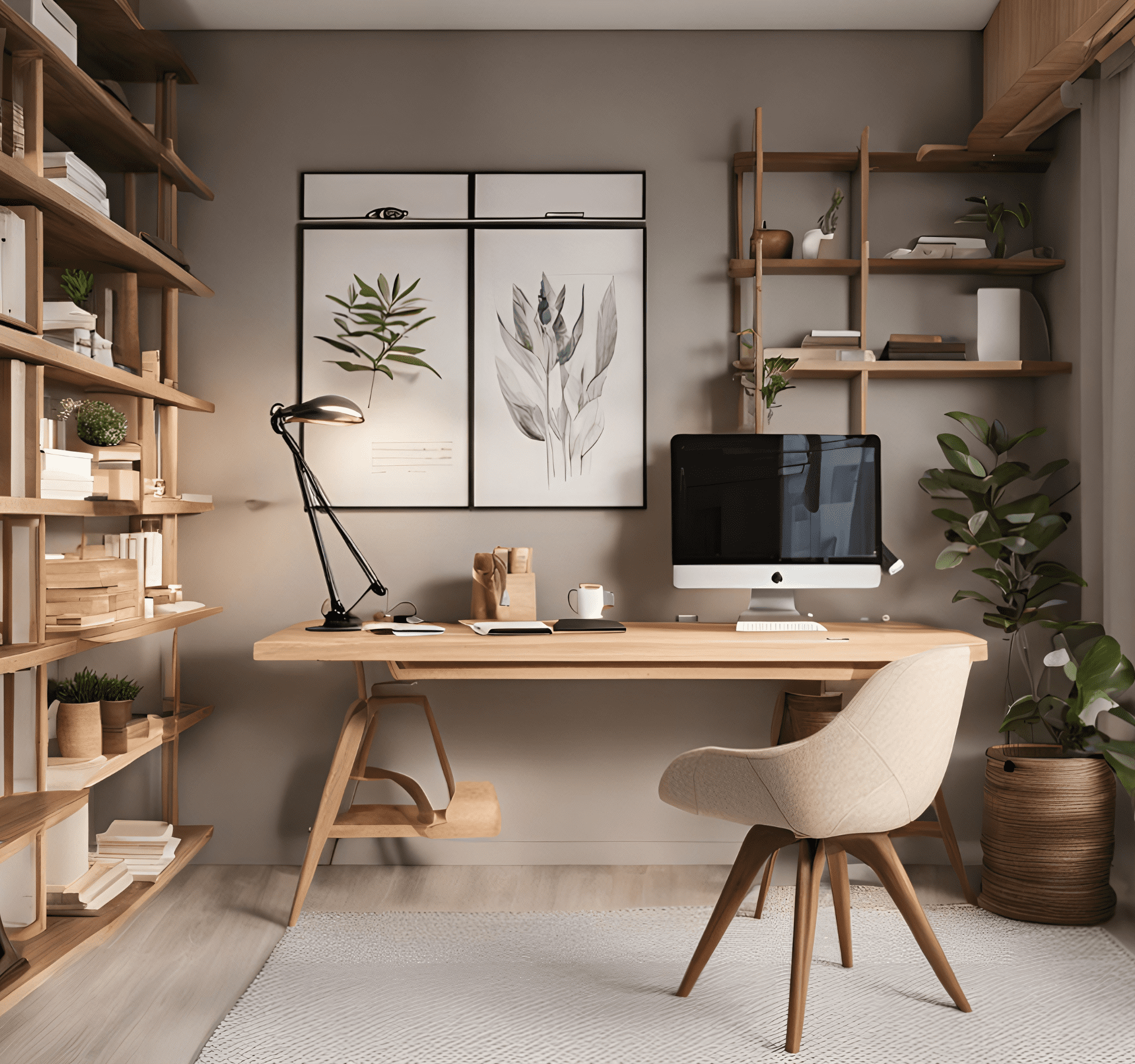Sometimes, the most impactful design decisions are the simplest; this is especially the case with many cozy elements in a living room. If you want a room to wrap you, your family, and guests in a warm hug, you don’t need a full remodel to create that atmosphere. Make some easy adjustments with these subtle ideas for adding coziness to your living room, and avoid expensive, overcomplicated renovations.
Dim the Lights
It’s nearly impossible to relax in a living room with bright lighting reminiscent of a school or hospital. Give the lighting in your room a once-over by adjusting where the lamps are and determining where other light sources come from. Remember to consider natural light, especially if you have windows that face the sunrise or sunset. No one wants to spend a beautiful golden hour looking directly at the sun, so position your furniture accordingly.
Since bright lighting can affect your sleep quality, consider installing a dimmer switch for overhead light fixtures or lamps. Mellow lights, a warm fireplace, and a good book make for one cozy evening.
Don’t Leave Floors Bare
Part of the cozy element in a living room comes from your ability to kick off your shoes and put your feet up. Make sure that your floors make relaxation appealing—no one wants to put their bare feet on tile or hardwood floors, especially in the winter. Put down a soft area rug that reflects the comfort level you desire in the room and complements your color palette. With so many styles of living room area rugs to choose from, you’ll have no problems finding the perfect rug for any living room—even one with carpet.
As an extra note, remember to keep your floors clean. Stepping on crumbs or stubbing your toe on a toy can pull anyone out of the relaxation zone.
Place Your Furniture Strategically
You may only need to shift furniture around to add a touch of warmth to your living room’s design. If you only want to work with what you already have when considering subtle ideas for adding coziness to your living room, come up with a new furniture placement that stimulates conversation and closeness. Make it easy to break out a board game or have a few glasses of wine by keeping the seats close together around the coffee table.
It may be exhausting to move your furniture around until you like the placement, so try drawing it out first. If possible, you may benefit from zoning your furniture placement with tape—just make sure the tape you use won’t damage your floors. After you move the furniture, the new arrangement will probably feel weird at first, but try not to give up hope on it immediately!























